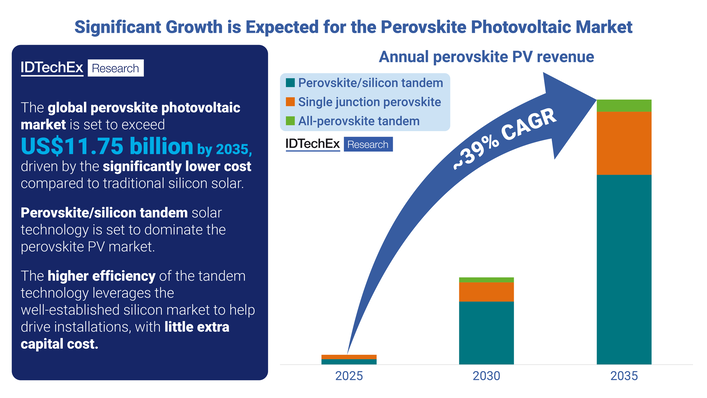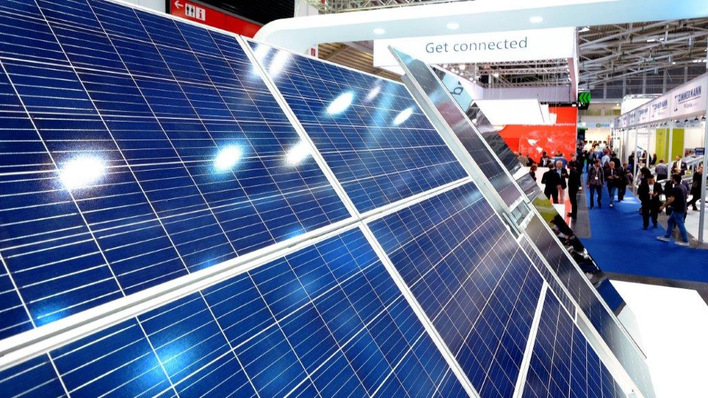Light transmission is a decisive criterion. In agri-PV, it is a prerequisite for plant growth, also for certifying the plants and guaranteeing subsidies. In UrbanPV, it creates sustainability at the highest aesthetic level.
The transparency of crystalline cells is achieved through appropriate spacing. By reducing the number of cells in the new modules from 60 to 35 and from 72 to 45, the cells can be arranged at a distance of 26 millimetres. This results in gaps that lead to a transparency of around 40 per cent. Despite this transparency, high performance is guaranteed: M6 cells with 9 busbars provide 215 watts or 275 watts.
See also: Agora Solar builds first PV production facility in Slovakia
The production of these modules can only be implemented manually. Automated systems are not (yet) able to realize such spacings.
The two variants and what distinguishes them
Urban PV: The installation of canopies for terraces, entrance areas, building transitions and carports requires high resistance and safety. GridParity modules are certified for overhead installation in compliance with the EN12600 standard.
Agri-PV: Semi-transparent modules also provide multiple benefits to agriculture. On the one hand, they protect the plants from excessive solar radiation, but on the other hand they provide the necessary homogeneous light transmission.
Also interesting: Being out in the schoolyard even in the blazing sun
Glass-glass modules are virtually indestructible. GridParity assumes a durability of at least 50 years. Because there is little degradation, the company therefore provides a 30-year linear performance warranty. Since n-type bifacial solar cells are used for all modules, energy can also be generated on the rear side. (mfo)








